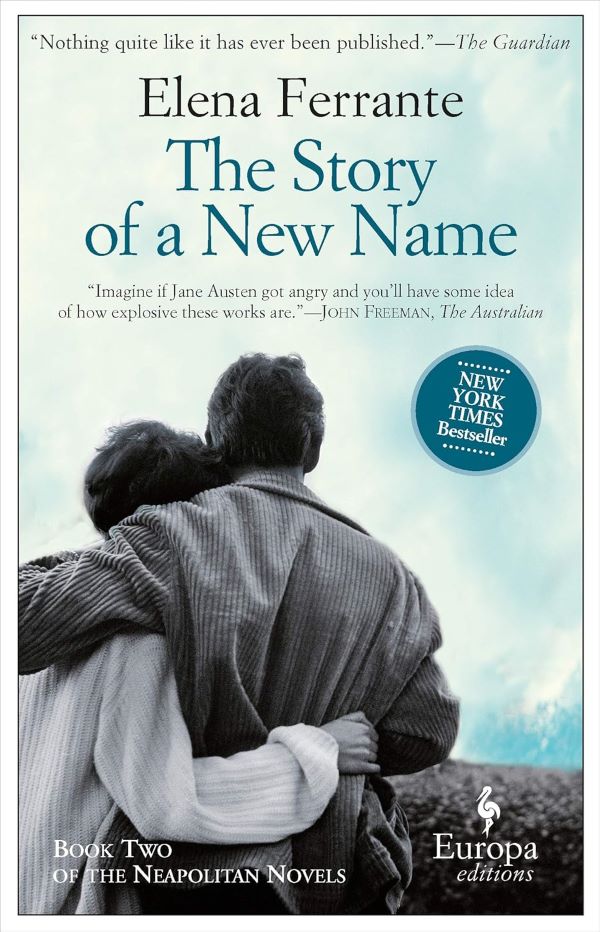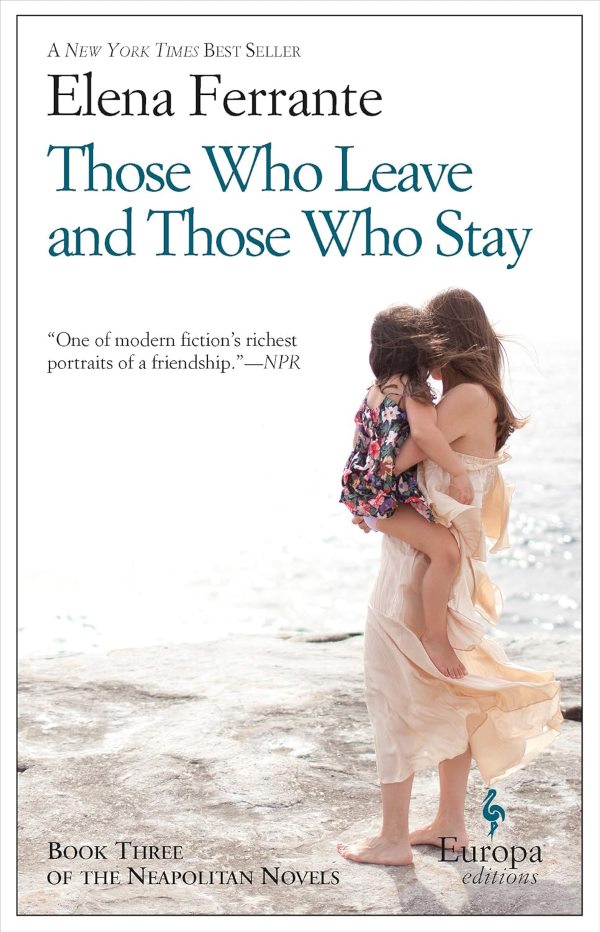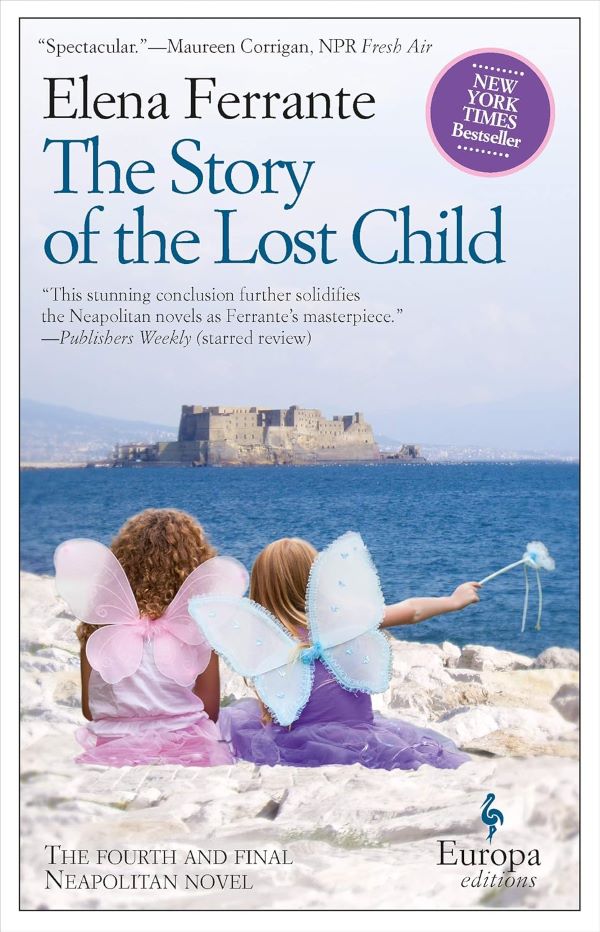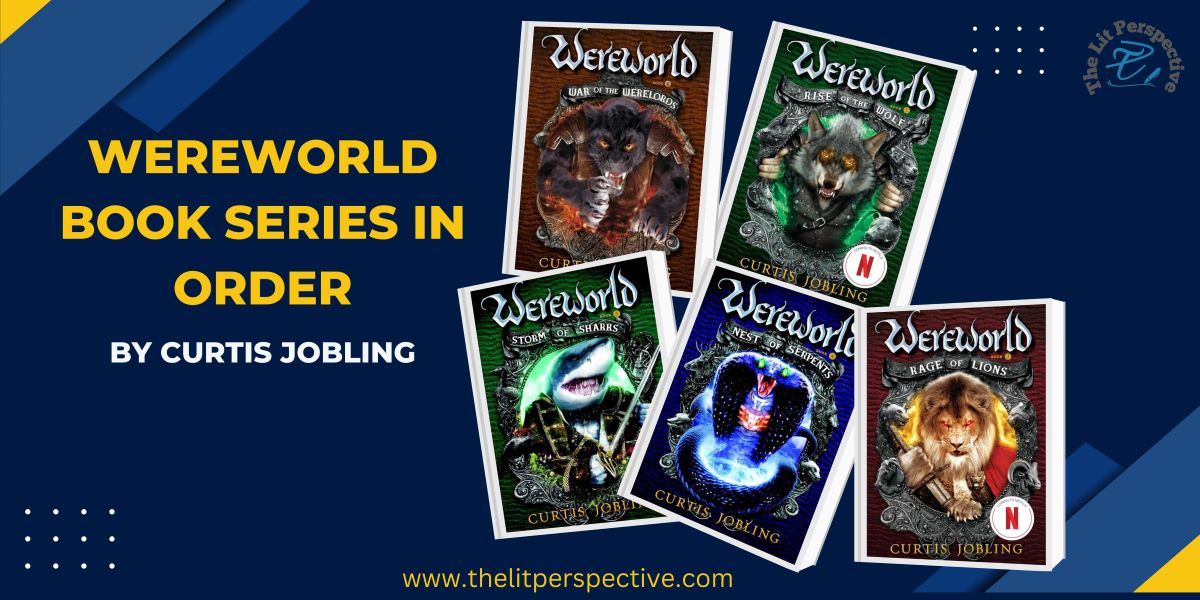TheLitPerspective is your one-stop shop for everything that ignites the spark of curiosity within you.
The “My Brilliant Friend” Book Series: A Deep Dive into Elena Ferrante’s Neapolitan Novels
Elena Ferrante’s My Brilliant Friend series has captivated readers around the world, establishing itself as a modern literary classic.
Set in Naples, Italy, Ferrante’s novels delve into the intense and complex friendship between two women, Elena Greco and Lila Cerullo, over several decades.
This four-part series, known as the “Neapolitan Novels,” offers a raw look at friendship, identity, and the challenges of coming of age in a society marked by social constraints.
What Makes “My Brilliant Friend” Stand Out?
Ferrante’s Unique Writing Style
Ferrante is praised for her direct and unfiltered narrative voice. Her writing style is both intimate and intense, pulling readers into the inner lives of her characters. She has a way of making even mundane moments feel profound, inviting readers to experience every raw emotion her characters endure.
Realism and the Italian Setting
The series presents a vivid picture of Naples in the mid-20th century. The city itself is almost like a character, influencing the story’s tone and themes. Ferrante’s realistic portrayal of Italian society, culture, and the dynamics of a small community adds an authentic layer that resonates with readers.
Themes of Friendship and Identity
Ferrante explores friendship, especially the nuanced, often volatile connection between women. Through Elena and Lila, Ferrante examines how friendships can shape one’s identity, reflect insecurities, and even drive ambition. Themes of self-doubt, jealousy, love, and loyalty appear throughout the series, portraying friendship as both a source of joy and conflict.
Book-by-Book Summary of the Neapolitan Novels
Book 1: My Brilliant Friend

This novel introduces readers to Elena and Lila as young girls growing up in a working-class neighborhood in Naples. The story follows them as they navigate childhood and adolescence, forming an intense friendship. Themes of rivalry, admiration, and the desire for escape from poverty set the tone for the entire series.
Book 2: The Story of a New Name

As young adults, Elena and Lila’s lives take different directions. Lila enters a challenging marriage while Elena pursues education and a writing career. The tension between them heightens as their choices shape who they are becoming. Ferrante brilliantly explores the tension between societal expectations and personal ambition in this second installment.
Book 3: Those Who Leave and Those Who Stay

In their thirties, Elena and Lila find themselves wrestling with complex personal and political challenges. This book dives into social issues like feminism and class struggles. Both characters face inner conflicts, questioning their life choices and their identities, and their friendship remains turbulent yet inseparable.
Book 4: The Story of the Lost Child

The final novel brings the series to a powerful conclusion. Now adults, Elena and Lila navigate motherhood, loss, and the bittersweet reality of fulfilled and unfulfilled dreams. Ferrante weaves in themes of regret, closure, and the impact of the past, making for an emotional and thought-provoking finale.
Exploring Major Themes Across the Series
Friendship as a Source of Power and Conflict
The friendship between Elena and Lila is the core of the series, depicted as both supportive and competitive. Their bond pushes them to be better yet is also marked by envy and rivalry. This complexity brings a relatable and realistic depiction of friendship.
The Role of Family and Tradition
Family expectations and cultural norms heavily influence the characters. Ferrante uses the family dynamics in Naples to highlight the struggle between following tradition and breaking free from it, a common theme in all four books.
Identity, Class, and Social Mobility
The characters grapple with their sense of self and place in society, often influenced by their class and background. Ferrante showcases how identity and class are inextricably linked and how social mobility can create both opportunities and conflicts.
Character Analysis
Lila Cerullo: The Fiery, Intelligent Friend
Lila is captivating and unpredictable, often described as the more brilliant of the two friends. Her strength, intellect, and ambition drive her, yet her struggles with anger and impulsive choices reveal the challenges she faces.
Elena Greco: The Narrator and Protagonist
Elena, or “Lenù,” is introspective, thoughtful, and driven by a need to succeed and be recognized. She experiences an internal battle between loyalty to her roots and her desire for a different life.
Why the Series Resonates with Readers Worldwide
Ferrante’s honest portrayal of friendship, identity, and societal expectations resonates across cultures. The series explores universal themes that connect with readers, regardless of background.
The Italian Setting: A Character of Its Own
The portrayal of Naples shapes the series’ atmosphere, adding to its authenticity. The city, with its vibrant neighborhoods and complex social layers, deeply influences the characters’ lives and choices, enhancing the novels’ sense of realism.
Ferrante’s Approach to Female Friendship
Elena and Lila’s friendship is unlike many literary portrayals. Ferrante captures the intensity and competitiveness that can exist between friends, especially when ambition and personal goals are at play.
Comparisons to Other Literary Friendships
Elena and Lila’s relationship offers a fresh perspective on friendship, different from iconic literary duos. Their friendship is as much a challenge as it is a comfort, making it uniquely compelling.
Impact of the “My Brilliant Friend” TV Adaptation
The HBO adaptation captures much of the series’ essence, with a close attention to Ferrante’s original storytelling. While changes exist, the adaptation was well-received for its casting, settings, and faithfulness to the spirit of the novels.
Elena Ferrante’s Mysterious Persona
Ferrante’s anonymity has added a mystique to her work, allowing readers to focus on the stories themselves without the distraction of an author’s public image.
Critical Reception and Awards
Ferrante’s series has received global acclaim, praised for its depth and emotional intensity. It has won numerous awards and continues to influence modern literature.
Takeaways
Elena Ferrante’s My Brilliant Friend series stands as a testament to the power of storytelling. Through the lens of two unforgettable characters, Ferrante explores the intricacies of friendship, the weight of societal expectations, and the journey of self-discovery. This series remains a beloved classic for its unique voice and universal appeal.
FAQs
1. Is the “My Brilliant Friend” Series a True Story?
No, the series is fictional, though Ferrante’s detailed writing makes the story feel real.
2. Do You Need to Read All Four Books in the Series?
While each book can be read individually, the full story is best understood by reading all four.
3. What Are the Main Themes of the Series?
Major themes include friendship, identity, social class, and the journey of self-discovery.
4. How Accurate is the TV Adaptation to the Books?
The adaptation stays close to the books, capturing the essence of Ferrante’s writing while making some adjustments.
5. Where Can I Start if I’m New to Ferrante’s Works?
Starting with My Brilliant Friend is recommended to get introduced to Ferrante’s style and storytelling.
Other book Series to Read on
TheLitPerspective is your one-stop shop for everything that ignites the spark of curiosity within you.







